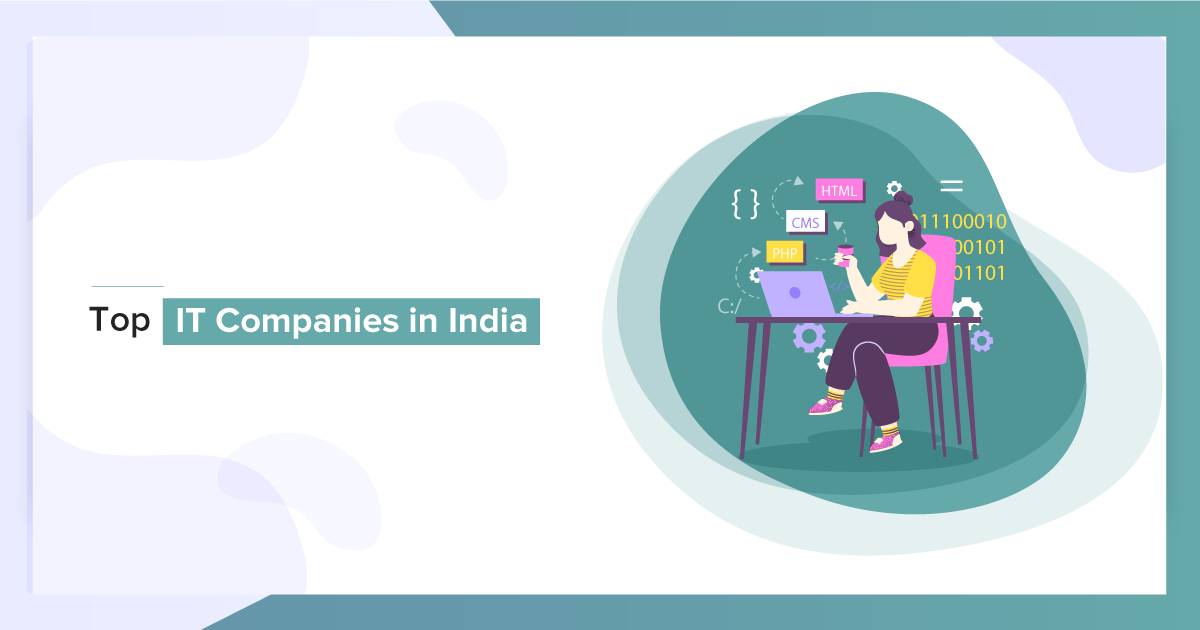
Top IT companies in Gujarat
October 24, 2024
October 7, 2024

In an age where data is gold, edge computing emerges as a transformative technology, essential for processing vast amounts of data with unprecedented speed and efficiency. This technological advancement brings computation and data storage closer to the devices where it’s being gathered, rather than relying on a central location that can be thousands of miles away. This proximity reduces latency and bandwidth use, significantly enhancing the performance of applications that depend on real-time data.
Edge computing is a distributed information technology (IT) architecture in which client data is processed at the periphery of the network, as close to the originating source as possible. Companies leverage this approach to streamline the flow of traffic from IoT devices and provide real-time local data analysis, eliminating delays and reducing the burden on the core network.
Reduced Latency: In edge computing, data doesn’t have to traverse over long routes to a central server. Instead, it is analyzed locally, leading to faster response times. This is crucial for applications such as automated vehicles, which need immediate data to navigate safely, or in telemedicine, where real-time monitoring can provide critical care in emergencies.
Improved Security: With data being processed closer to its origin, edge computing offers enhanced security. The lesser data travels, the less vulnerable it is to cyber-attacks and privacy breaches. This localized approach ensures that sensitive information remains within a confined area, reducing exposure to potential threats.
Cost Efficiency: Edge computing minimizes the data that needs to be sent across a network, reducing transmission costs. When only essential information is sent to the central servers, it also alleviates the workload and associated costs of cloud services.
Real-time Data Processing: Edge computing facilitates immediate analysis and management of data, which is essential for industries that operate in real-time. This includes manufacturing floors with IoT devices that monitor and optimize operations without any significant delay, enhancing efficiency and productivity.
Scalability: Deploying edge computing models allows organizations to expand their computing capacity through additional edge devices. This scalability means companies can enhance their processing capabilities as needed without overhauling existing central systems.
Deploying edge computing infrastructure presents several challenges. The primary issue lies in managing and maintaining a multitude of distributed systems, each a potential point of failure. Additionally, ensuring data consistency across diverse geographical locations requires sophisticated synchronization technologies. The integration of edge computing with existing IT environments also poses significant technical and operational challenges, necessitating specialized expertise.
The applications of edge computing are diverse and impactful across various sectors:
Nexowa is at the forefront of integrating edge computing solutions tailored to meet the specific needs of your business. With our expertise, we can help you unlock the potential of edge computing to drive efficiency and innovation. Our services include:
Partnering with Nexowa means gaining a trusted ally who understands the complexities of modern technology landscapes and how to navigate them successfully.
The future of edge computing is promising, with advancements in AI and machine learning enhancing its capabilities further. As more devices become connected and smart, the need for edge computing solutions will continue to grow. The technology is set to revolutionize industries by enabling more sophisticated and autonomous systems, from self-driving cars to advanced manufacturing robots.
Edge computing represents a significant shift in how IT resources and applications are deployed and managed, delivering faster and more efficient data processing capabilities. This technology is crucial for any business requiring real-time operations and insights, providing a substantial competitive advantage.
If you're ready to explore how edge computing can transform your business operations, contact Nexowa today. Our team is ready to develop and implement cutting-edge solutions that will propel your business forward. Reach out directly Here to start your journey with edge computing.

Top IT companies in Gujarat
October 24, 2024

Hire a Dedicated App Developer: Build Your App Today
October 24, 2024
-1729776429043.avif?alt=media&token=2affca87-dade-4f14-94cb-2c2416a8238d)
What is Angular? Superior Web Development, Performance & Benefits
October 24, 2024

Building a Tech Stack for Growth: Tools and Technologies Driving Business Expansion
October 15, 2024
-1729777074986.avif?alt=media&token=c8b8bf65-87d3-47d8-b990-3ff1929ea86f)
Amazing Tech: Is AI-Powered App Development with FlutterFlow the Future?
October 15, 2024

What is CSS nesting?
October 15, 2024